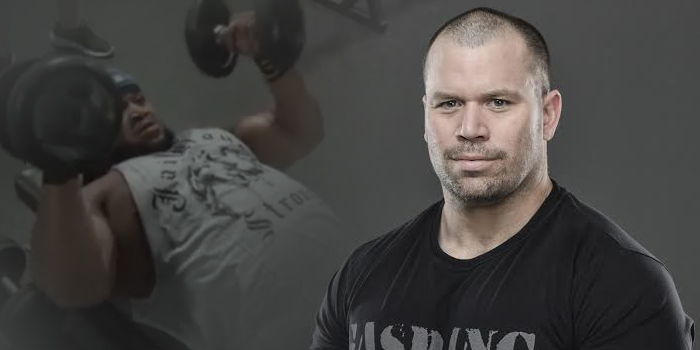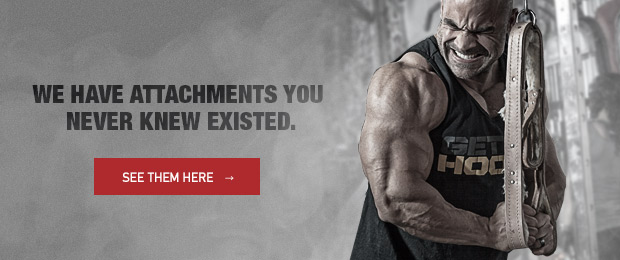
Ninety percent of you started training because you wanted bigger arms; the other 10 percent wanted a bigger bench.
The two are far from exclusive.
Over the next few weeks I am going to introduce you to some of my favorite hypertrophy training techniques for arms. These techniques can also help you get stronger, catalyzing the ultimate win-win scenario.
Background
My mentor, Fred “Dr. Squat” Hatfield, wrote about the need to use a wide variety of sets and reps over 30 years ago in his game-changing book, Hardcore Bodybuilding.
The most intense workouts in his “ABC” system of periodized bodybuilding used a variety of intensities, tempos, rep ranges and exercises.
Hatfield used this holistic approach while training elite-level physique athletes such as the immortal Mike Quinn and eight-time Mr. Olympia, Lee Haney.
RELATED: 3 Old School Bodybuilding Techniques We Need to Bring Back
Science Catches Up
Since then, studies have caught up to what Hatfield contrived in his garage on human guinea pigs that morphed in muscular masterpieces. One study out of Japan showed when a back-off set of 20 reps was added to a scheme of five sets of five reps, muscle hypertrophy gains were eight percent better than with the proven five by five method. Another study recently showed nearly identical gains in hypertrophy when comparing a bodybuilding and powerlifting program.
The point is, people looking to maximize muscularity on the bodybuilding stage, the Chippendales stage, or any stage in between must venture outside the eight to 15 rep range!
The Superset
You can’t beat weighted dips for a heavy compound exercise that maximally targets all three heads of the triceps. So, we are going to do these as heavy as possible for six reps; if you can use additional weight, do.
For the high-rep movement we are going to immediately do the triceps tri-set. I was introduced to this exercise by my colleague and elitefts contributor, Joe Giandonato, MS. We are going to do 10 reps, which is really 30.
Joe recommends 30 percent of the load you could use on dumbbell bench presses for 10 reps (e.g., if you could do 100s, use 30s).
The tri-set has three distinct movements. A neutral-grip dumbbell bench press is movement one. Movement two is from that top locked-out position, lower the dumbbells, hinging at the elbows, to the side of your head and extend back to the starting position. The third movement is from the locked out position, lower the dumbbells behind your head, then extend at the elbow to the starting position. These three movements together count as one rep.
Tyrus Hughes demonstrating the superset
Final Thoughts
Your triceps lock out bench presses and form the majority of upper-arm size. Try this superset to take your size and strength to the next level. For strength, do the superset as a finisher to a bench press or bench press accessory workout. For size, do the superset to commence the movement.
Next, we will look at a way to maximize triceps volume in five minutes.










